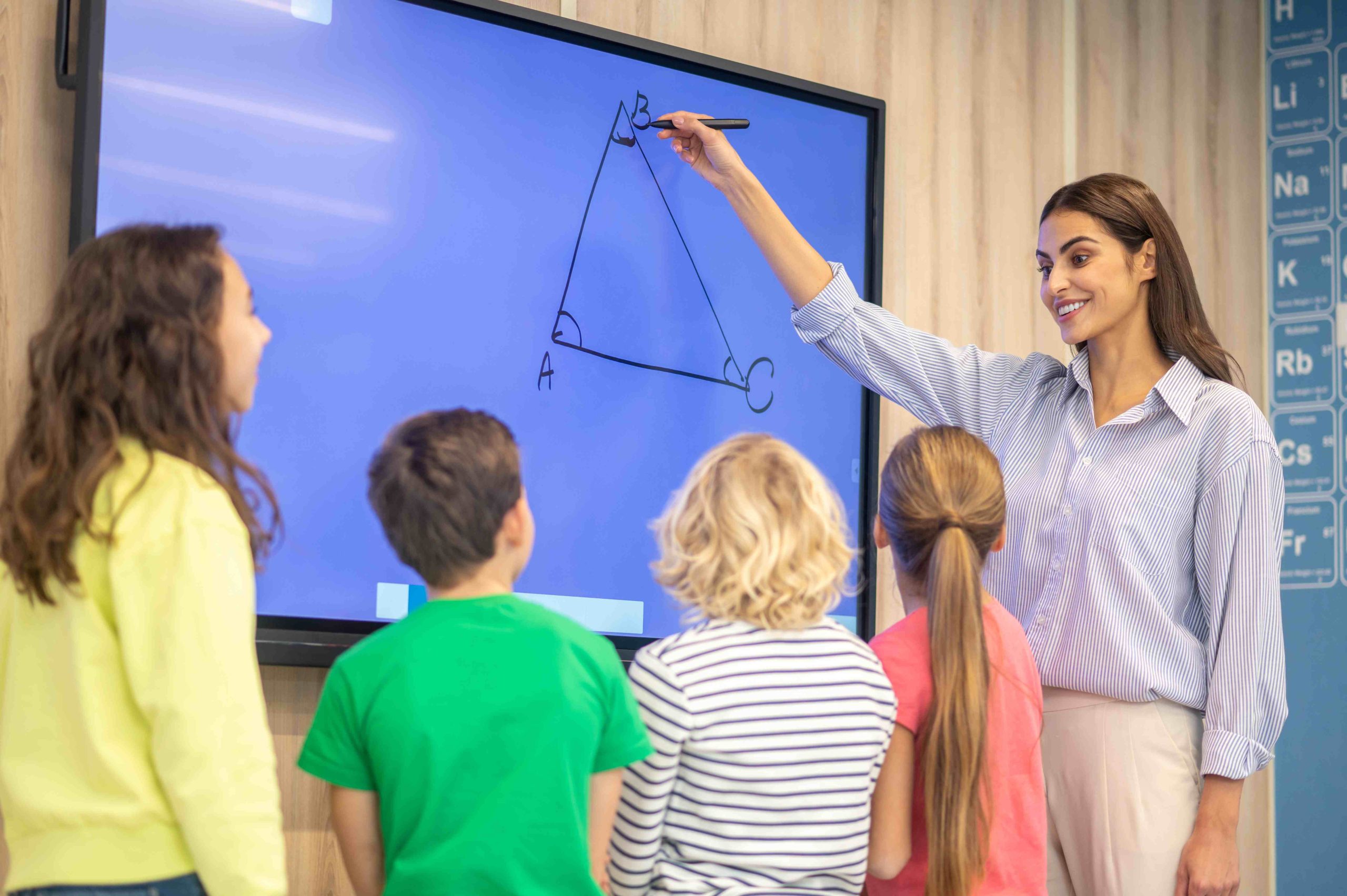
Enhancing Classroom Dynamics for Smooth Transitions Between Preschool Levels
Introduction
Preschoolers go through significant changes as they progress through different levels, requiring adjustment to new routines and environments. While these changes can be challenging, fostering dynamic classroom environments can facilitate smoother transitions. This article explores strategies for ensuring seamless transitions between preschool levels, with a focus on effective classroom dynamics.
Building Strong Relationships
Smooth transitions hinge on fostering strong relationships between teachers and preschoolers. Preschoolers thrive in environments where they feel loved and cared for, fostering a sense of belonging and security. Teachers should invest time in getting to know each student, understanding their needs, interests, and strengths. Open communication with parents is crucial to keep them informed about their child’s development and well-being.
Establishing Clear Expectations and Routines
Preschoolers require clear routines and expectations to comprehend what is expected of them as they transition between levels. Visual schedules can help preschoolers understand daily activities, fostering predictability and ownership. Involving preschoolers in creating these schedules can empower them and enhance their engagement.
Providing Emotional Support
Transitions can trigger various emotions in preschoolers, such as nervousness and confusion. Teachers should be prepared to offer emotional support, providing a safe and supportive environment for preschoolers to express their feelings. Developing a transition plan that outlines the process and available resources can reassure preschoolers and their parents.
Promoting Independence
Encouraging independence is vital for preschoolers’ development. Teachers can provide opportunities for preschoolers to make choices, solve problems, and take ownership of their learning. By nurturing independence, preschoolers gain confidence and develop essential life skills.
Developing a Comprehensive Transition Plan
A well-designed transition plan involving parents, educators, and preschoolers is essential for successful transitions between levels. Conducting orientation sessions, parent-teacher conferences, and providing informational resources can ensure that all stakeholders are informed and prepared for the transition.
Engaging Parents
Parental involvement is crucial for facilitating smooth transitions between preschool levels. Teachers can encourage parents to participate in classroom activities, provide regular updates on their child’s progress, and collaborate on transition plans tailored to each child’s needs.
Handling Challenging Transitions
Some preschoolers may struggle with transitions due to various factors, such as anxiety or developmental delays. Teachers can employ personalized support strategies, like buddy systems and visual aids, to assist these preschoolers in understanding and coping with transitions.
Continuous Evaluation
Ongoing assessment of preschoolers’ progress is vital to ensure they receive appropriate support and direction throughout the transition process. Teachers should utilize various assessment techniques and involve parents in goal-setting and monitoring their child’s development.
Conclusion
Creating vibrant classroom dynamics and fostering positive relationships are critical for facilitating smooth transitions between preschool levels. By prioritizing effective communication, emotional support, and parental involvement, educators can ensure that every preschooler transitions successfully and thrives in their academic journey.

